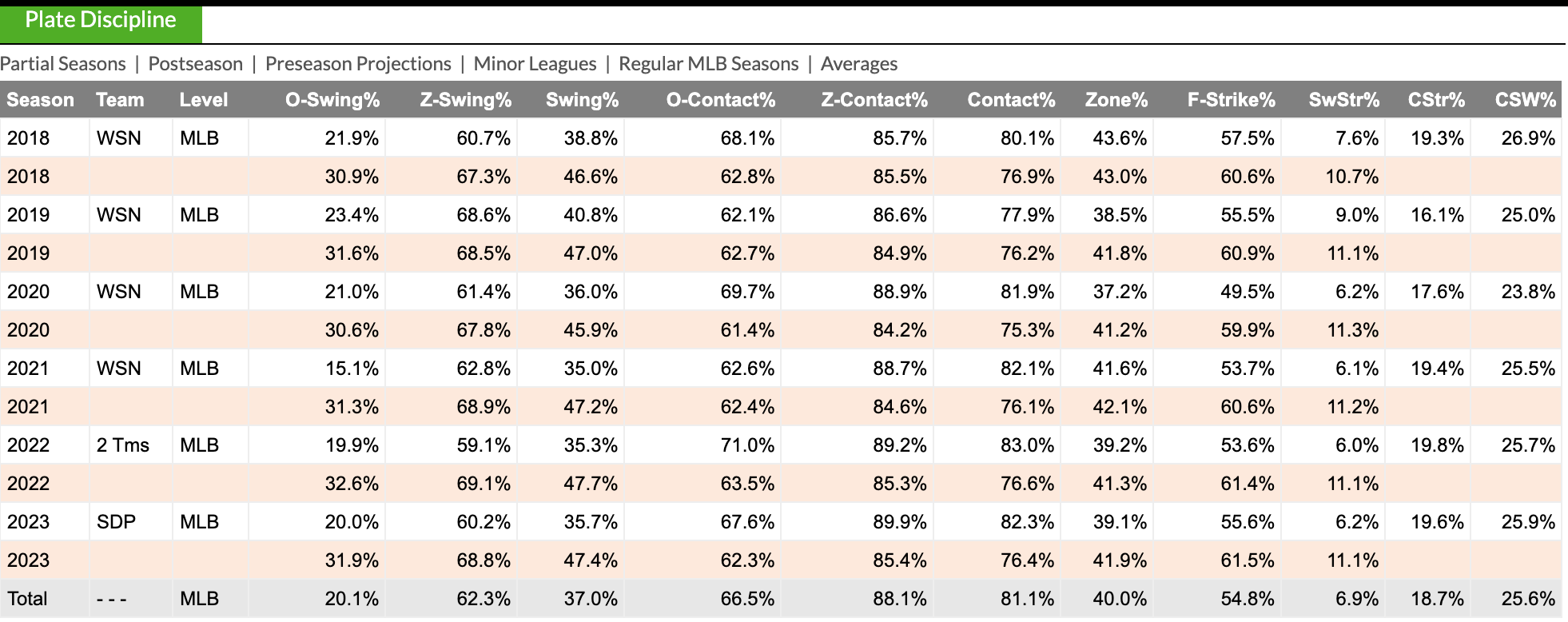Alright, so you wanna know about this “baseball chase rate” thing, huh? It ain’t rocket science, I tell ya. It’s just about how often those fellas swing at balls they shouldn’t. You know, the ones that are way outside the good hittin’ area.
What is this Chase Rate Anyway?

Well, they call it “chase rate” or sometimes “O-Swing” – fancy names for somethin’ simple. It’s like this: the pitcher throws the ball, and if it ain’t in that strike zone, the batter should just let it go, right? But sometimes they get greedy, or maybe they just can’t see too good, and they swing anyway. The chase rate is just the percentage of times they swing at those bad balls. Like, if the pitcher throws 10 balls outside the zone, and the batter swings at 3 of ’em, then his chase rate is 30%. See? Easy peasy.
Why Does it Matter?
Now, you might be thinkin’, “So what? Why do I care if they swing at bad balls?” Well, lemme tell ya, it matters a whole lot. A fella with a high chase rate, he’s gonna be makin’ a lot of outs. He’s swingin’ at pitches he can’t hit good, so he’s gonna be poppin’ it up, groundin’ out, strikin’ out… all that bad stuff. A good hitter, he’s patient. He waits for his pitch, the one he can really smack. He don’t go chasin’ after junk.
What’s a Good Chase Rate?
- They say the average chase rate last year was around 31.9%.
- That means most fellas are swingin’ at about a third of the bad pitches.
- But the really good hitters, they got much lower chase rates.
I heard tell of one fella, Juan Soto, his chase rate is only 20%! That means he’s only swingin’ at one out of every five bad pitches. No wonder he’s so good. He ain’t gettin’ himself out by swingin’ at garbage.

How Do They Figure This Stuff Out?
Now, I ain’t sure exactly how they do it, with all their computers and fancy gadgets. But I reckon they got ways of trackin’ every pitch, whether it’s a strike or a ball, and whether the batter swung or not. Then they just do the math, and there you have it, the chase rate. You can find this stuff on somethin’ called “Baseball Savant.” Sounds highfalutin, but I bet it’s just a bunch of numbers on a screen.
Swinging Strike and Whiff Rate – What’s the Difference?
Sometimes, fellas get all mixed up between “swinging strike percentage” and “whiff rate.” It ain’t that hard to understand. Swinging strike percentage is how many times a fella swings and misses out of all the pitches thrown, while whiff rate is how many times he swings and misses out of just the times he swings his bat. Makes sense, right? And then there’s the chase rate, which is just swings at bad pitches. All different, but they all tell ya somethin’ about how good a fella is at hittin’.
What About Walk Rate?

And while we’re talkin’ about this stuff, let’s not forget about walk rate. That’s how often a fella gets a walk, ya know, four balls and he gets to first base for free. The fellas who are patient, the ones who don’t chase bad pitches, they usually have a higher walk rate. They say the best hitters have a walk rate of more than 10%. Makes sense, don’t it? If you ain’t swingin’ at bad pitches, the pitcher’s gonna have to throw you more strikes, or he’s gonna walk ya.
Chasin’ Pitchers Out of the Game
Now, there’s another kind of chasin’ in baseball, and that’s when the hittin’ team is hittin’ so good, they chase the pitcher outta the game. That’s when they gettin’ lots of hits and scorin’ lots of runs, and the manager has to take the pitcher out and put in a new one. That ain’t got nothin’ to do with chase rate, but it’s still called chasin’, so I thought I’d mention it.
So, there you have it. Chase rate ain’t so complicated after all. It’s just about whether a fella swings at good pitches or bad ones. And if he’s swingin’ at too many bad ones, he ain’t gonna be a very good hitter, that’s for sure. It’s all about patience and waitin’ for your pitch. Just like life, I reckon. You gotta be patient and wait for the good things, and not go chasin’ after the bad.
Tags: [Baseball, Chase Rate, O-Swing, Batting Statistics, Plate Discipline, MLB, Swinging Strike, Whiff Rate, Walk Rate, Juan Soto, Baseball Savant]












